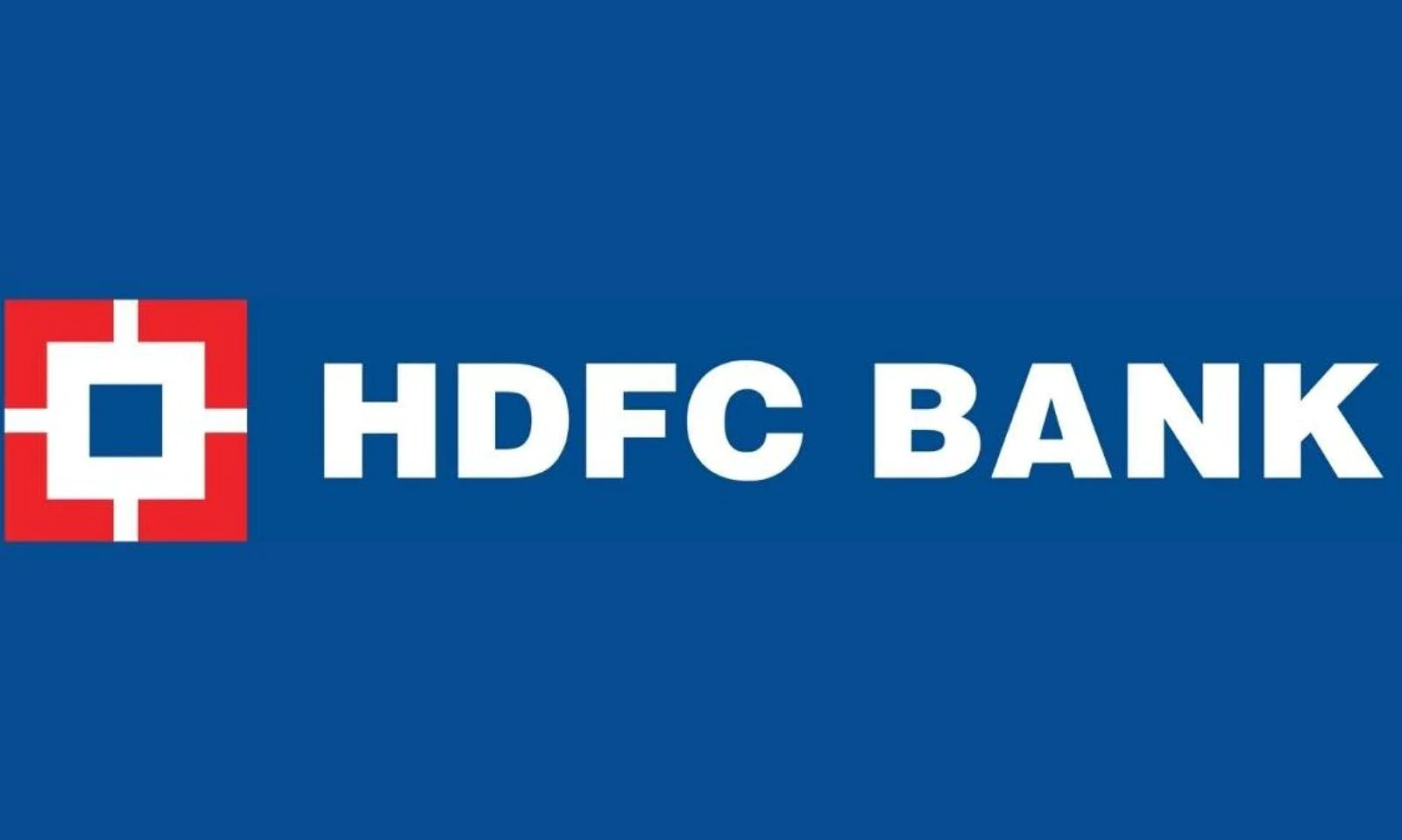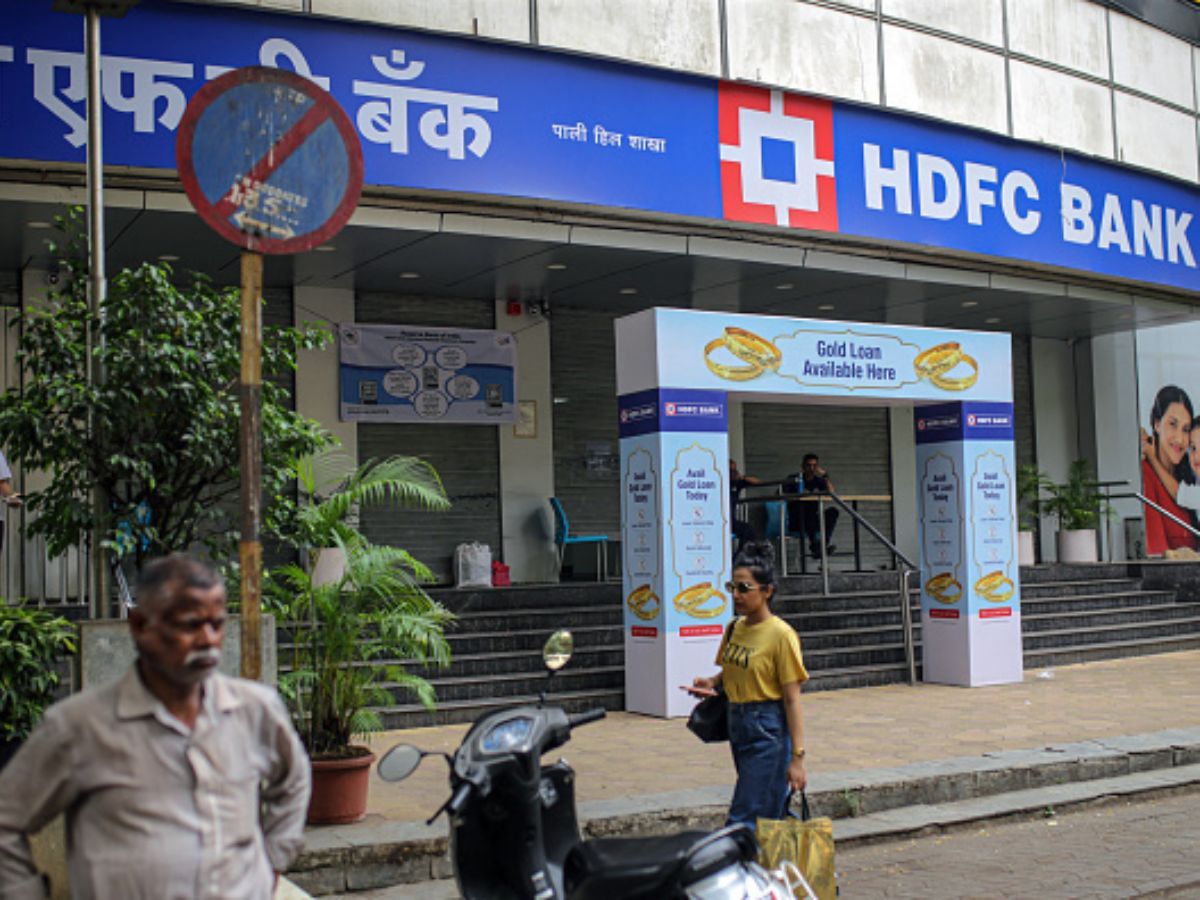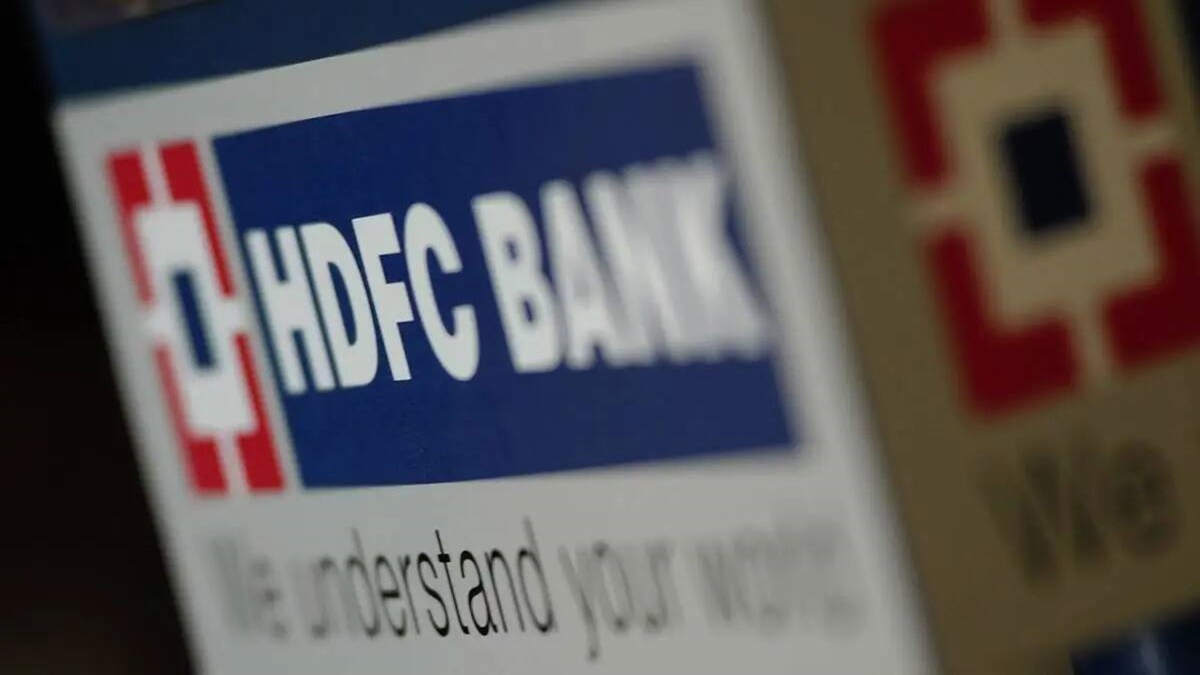HDFC Bank’s Pricing Challenges Result in a Missed Rs 1 Trillion Corporate Lending Opportunity

HDFC Bank’s Pricing Challenges Result in a Missed Rs 1 Trillion Corporate Lending Opportunity
HDFC Bank, one of India’s leading private sector banks, reportedly bypassed a significant corporate lending opportunity worth Rs 1 trillion due to pricing issues.
This decision has been a topic of considerable debate and discussion within the banking and financial sectors. Here, we delve into the details of this decision and understand its implications for HDFC Bank and the broader corporate lending market.

After speaking with HDFC Bank’s senior management, including MD and CEO Sashidhar Jagdishan, brokerage company Motilal Oswal stated in a report on Tuesday that the largest private sector lender in the nation had lost out on a Rs 1 trillion in corporate lending potential owing to unappealing pricing.
This is consistent with the bank management’s Q1FY24 statement, in which CFO Srinivasan Vaidyanathan stated that, while from the perspective of relationships, the bank wants all of the top corporations to work with it, from the perspective of price, the lender has experienced some disruption over the past several quarters.
As of June 30, the lender’s wholesale loan book had grown 11% year over year to Rs 4.04 trillion, but sequential growth had decreased by 1% to 2%, according to the CFO. Retail advances also increased by 18% year over year and 4% sequentially to Rs 6.57 trillion as of June’s end.
As a result, while the proportion of retail loans to total advances rose from 44% to 53% as of the end of June from a year earlier, the proportion of wholesale loans fell from 56% to 53%.

According to Motilal Oswal, the combined HDFC Bank would probably have 12% year-over-year loan growth from July through March and 17% credit growth from FY24 to FY26. On July 1, HDFC Bank and Housing Development Finance Corp (HDFC) merged.
Given that deposits are a significant source of finance, mobilising deposits will continue to be HDFC Bank’s top priority. In order to maintain its growth trajectory over the medium term, the lender intends to continue its aggressive branch expansion run rate of 1,400–1,500 branches in FY24 and hopes to increase its total branch count to 13,000–14,000. The brokerage also noted that HDFC Bank now has additional 500 HDFC branches, which will be scaled up over the year.

“The majority of the branches are opened in areas where the bank believes its existing presence is sparse and its liability potential is strong. One of the greatest deposit production rates in the sector belongs to HDFC Bank.
HDFC Bank, known for its prudent lending practices and robust risk management, has been a key player in India’s banking sector for decades. The bank has consistently reported growth in its corporate lending portfolio. However, it recently decided to forgo a massive lending opportunity to the tune of Rs 1 trillion, citing concerns related to pricing.
The core issue at hand was the rate of interest proposed for the corporate loans. The present market conditions, driven by liquidity surplus and aggressive lending by competitors, have driven the lending rates to a considerably low level. For HDFC Bank, these reduced rates didn’t align with their risk-reward equation, thereby making the lending proposition unattractive.
Pricing is a critical factor in determining the profitability of loans. By accepting a lower interest rate, a bank sacrifices potential revenue. Over an extended period, and especially with large sums like Rs 1 trillion, even minor pricing adjustments can result in significant revenue changes.

HDFC Bank’s decision not to proceed with this lending opportunity can also be seen through the lens of risk management. The bank has always maintained a conservative approach to its lending practices, ensuring that the quality of its loan book remains intact. By forgoing a lending opportunity due to unfavorable pricing, HDFC Bank has sent out a clear message about its risk appetite and its commitment to maintaining a sustainable growth trajectory.
The decision by HDFC Bank created a ripple effect in the market. While some industry experts lauded the bank’s decision, praising its prudent approach, others believed the bank missed out on a golden opportunity, especially considering the liquidity in the market.
Several competing banks and non-banking financial companies (NBFCs) jumped at the chance to fill the vacuum left by HDFC Bank. This led to a further softening of interest rates in certain segments of the corporate lending market, with some financial institutions potentially taking on higher risks to seize the opportunity.
HDFC Bank’s move has reignited the age-old debate between aggressive growth and cautious conservatism in the banking sector. While the bank might miss out on short-term gains from this particular lending opportunity, its decision might pay off in the longer run, especially if the corporate entities in question face any financial difficulties in the future.

On the flip side, banks that have taken up this lending opportunity are betting on the future performance of these corporate entities and the broader economic environment. Their success will largely depend on how these loans perform over their tenure.
HDFC Bank’s decision to bypass the Rs 1 trillion corporate lending opportunity is a testament to its strategic vision and risk management ethos. While it remains to be seen whether this move will benefit the bank in the long run, it has undoubtedly set a precedent in the industry about the importance of pricing and risk assessment in corporate lending.




